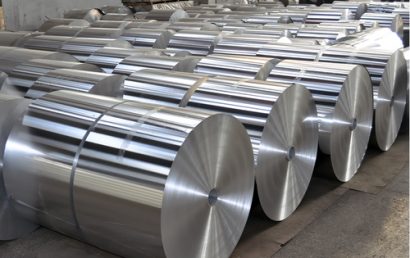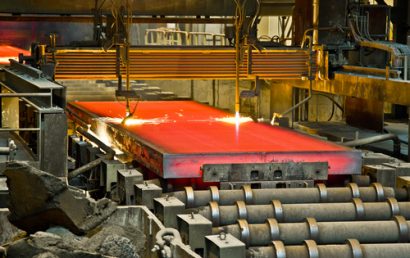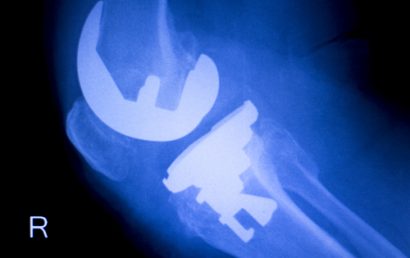Extend Your Magnetic Materials’ Service with Protective Coatings
Take a slurry of flexible material, add metal powder, and you create flexible magnets. There can be little doubt that flexible magnets have made their mark in the world today. Next time you glance at your refrigerator, and all of the little promo magnets attached to the front and side, you will likely take note that many of them use flexible magnets. They also show up in souvenir shops galore.
Truth be told, flexible magnets are produced in abundance for all sorts of uses.
The Problem with Flexible Magnet Production
With so many flexible magnets being produced, one can only imagine the huge number of manufacturing plants and equipment involved. The problem arises, however, when the processing of these magnets causes repeated equipment failure. Turns out, the process tears up the manufacturing equipment because of the extreme abrasiveness of the mixture involved.
So, to improve their wear life, components such as rollers, mixing rotors, mixing chambers, screens, and pulverizing hammers are coated.
What Kind of Coating Is Used?
Magnetic material manufacturing components, in order for companies to not suffer a severely impacted bottom line, had to have an improved service life. What was required was an exceedingly wear resistant, hard coating. One such coating includes the following: an extremely hard material famous for its lubricity – chromium carbide; and one of the hardest metals known to mankind – tungsten carbide. Nickel is combined with these materials resulting in a ductile matrix.
These coatings were tested in applications that were known for extremely severe wear and, over several years, performed admirably.
How to Apply Tungsten Carbide Chrome Carbide Nickel Coatings
Once this miracle coating was created, a suitable process of application had to be concocted as well. Today, high velocity oxygen fuel technology is used (HVOF) to apply tungsten carbide chrome carbide nickel coatings. When compared to chrome plating, they are 10 times more wear resistant. This is one of the most abrasion resistant, hardest coatings available.
One Industrial Example
To demonstrate the effectiveness of tungsten carbide chrome carbide nickel coatings, let’s look at what one flexible magnet factory achieved. They replaced the chrome plating on their components with tungsten carbide chrome carbide nickel coating. In one year, rather than having to re-plate every six weeks with chrome, they never had to recoat their components.
Furthermore, advanced technology now allows components that, due to their configuration, could not previously be chrome plated, to be coated with tungsten carbide chrome carbide nickel coatings. This only furthers this miracle coating’s usefulness and its ability to protect the bottom line of numerous companies.
At A and A Coatings, we offer spray and fuse hard facing, HV coating, plasma spray coating, and metallizing. Our proprietary coatings consist of microcoat, wirewear protective coating, and Cerami Pak. We deal with spray coating materials such as spray and fuse hardfacing, HVOF, plasma spray, and metallizing materials. We can also provide machining and grinding: undercut pre-machining, roll grinding, and finishing services. As you can see, A and A Coatings does it all. Contact us today to see how we can be of service to you.



